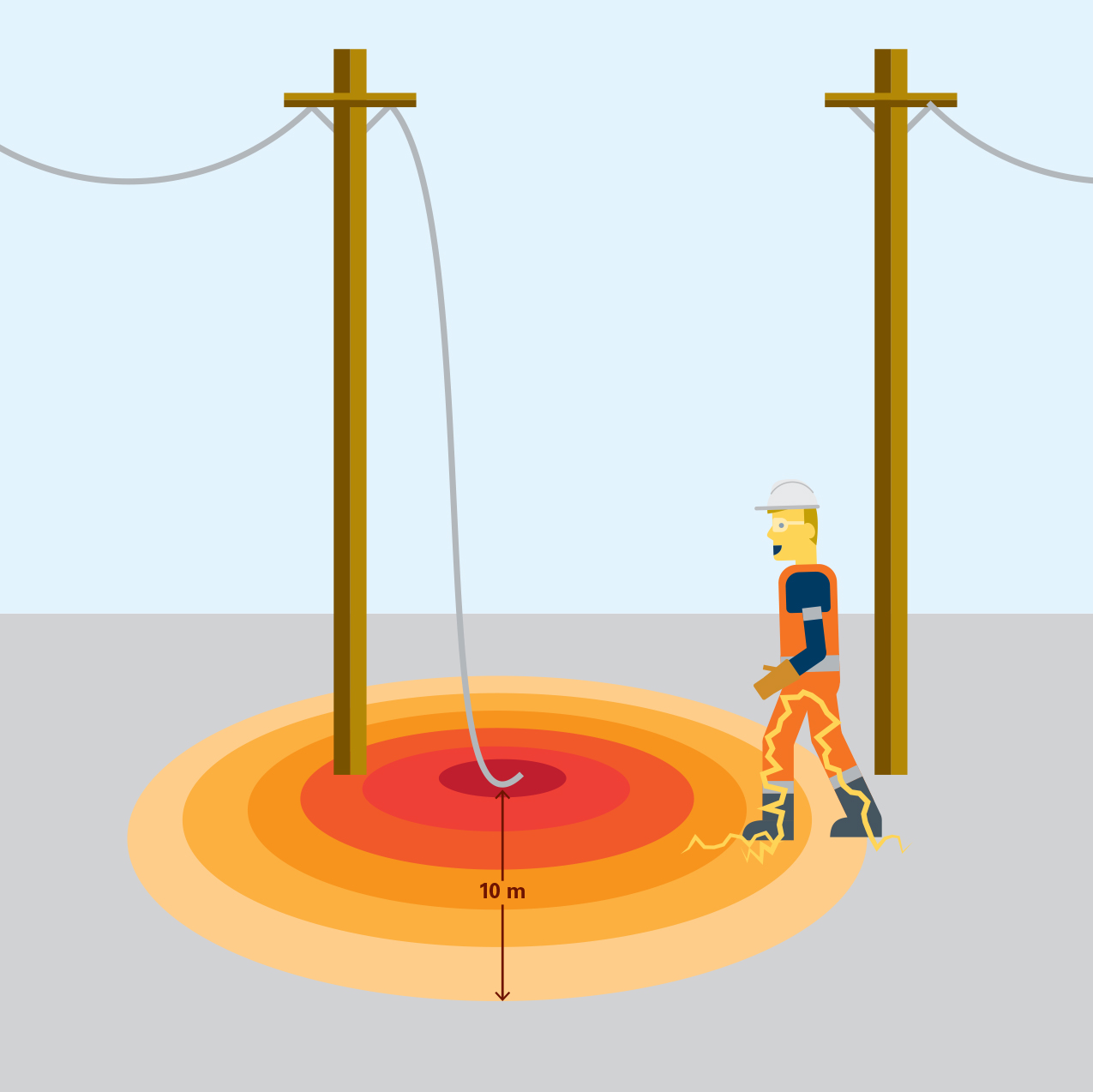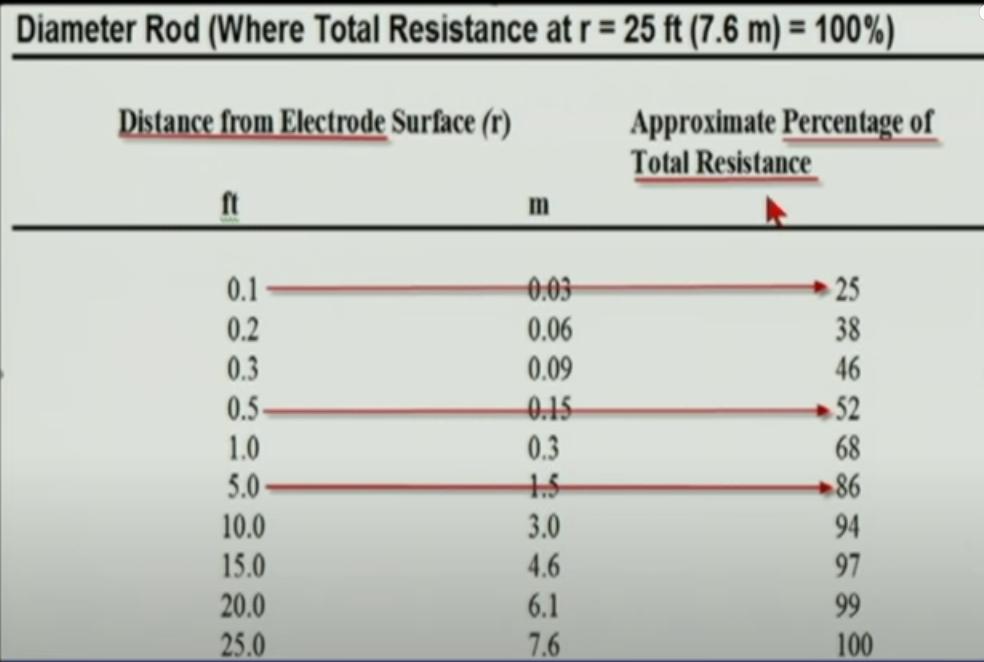Post History
Some gentlemen decided to throw a hook with wire over 750kV lines in Belarus. They survived, however, I find in interesting to find out why. Assuming the connection to Earth was solid, there would...
#1: Initial revision
Step voltage 750kV lines
Some gentlemen decided to [throw a hook with wire over 750kV lines in Belarus](https://www.youtube.com/watch?v=Z4zO2gB70ps&ab_channel=ElektrykaPr%C4%85dNieTyka). They survived, however, I find in interesting to find out why. Assuming the connection to Earth was solid, there would be a large fault current and a gradient with step voltage:  According to Mike Holt in his [Grounding - Safety fundamentals](https://youtu.be/mpgAVE4UwFw?t=2390) lecture, this is the resistance distribution around a ground pole with fault current:  In the video the guy that throws the hook is obviously within 7.6m radius, and it seems the cameramen might be as well. I understand this is an approximation, but even 1% of 750kV would be enough to end it all for them. I would like to hear theories regarding why they got so lucky and survived. I have a few: 1.) Before the hook connected an arc formed between the live and the hook, the gap dropping most of the voltage while large current started to flow via the wire to ground, heating it up so immensely that it evaporated before a full connection to the live line could be made. 2.) This was neutral line which had some neutral-Earth voltage, (1kV?) and it was enough to evaporate the wire but not enough to cause large enough gradient for long enough to kill them 3.)The current was so high it turned the soil beneath (let's say it is sand) into glass, forming an insulator which then dropped the voltage, meanwhile the wire evaporated. Let me know what you think happened here.


















